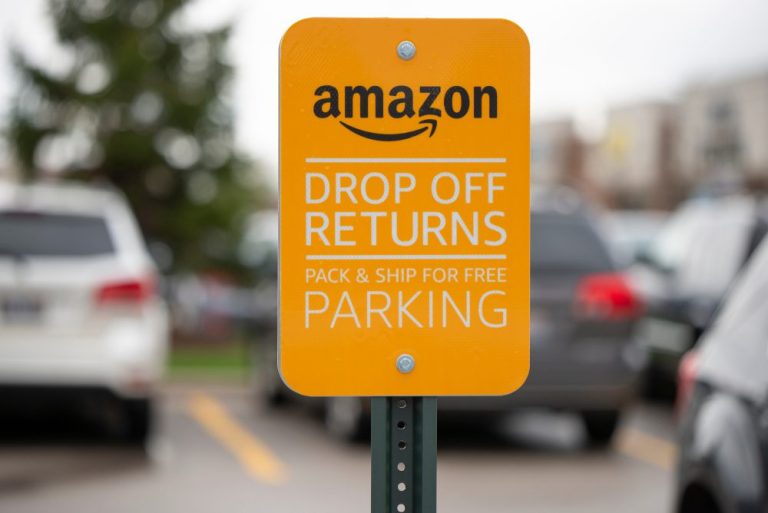
One way to keep customers within an eCommerce ecosystem is to charge them if they stray.
That’s one way to do it.
But it begs the question as to whether there may be some backlash for Amazon. Last week came news that Amazon customers will be charged fees if they return items at UPS stores.
The move is one where the charge is levied if consumers return their goods to those UPS locations rather than to a Whole Foods, Amazon Fresh or Kohl’s location if those locations are closer to the consumer’s delivery address.
Amazon, of course, owns Whole Foods and the Fresh locations and has a partnership with Kohl’s.
At first glance, the $1 charge is just a $1. And Amazon’s hardly the first commerce giant to charge a fee for returns. Zara does it, so does J.Crew and so do a host of others, such as H&M.
But in this case, Amazon’s doing two things: It’s charging fees at a particular point of contact/return — in this case, UPS — and by extension, giving consumers at least some pause when choosing where to drop off what they don’t want and send it back to senders. In that way, Amazon might be seen (by its customers) to be restricting choice. And it’s also cutting UPS a bit more out of the loop.
Amazon’s been busy building out its logistics and last-mile network over the past several years, as has been widely known. Airplanes, warehouses, you name it, the push has been on to capture end-to-end commerce, including fulfillment.
In a statement provided to PYMNTS, Amazon Spokesperson Maria Boschetti said that “we offer convenient, easy returns to Amazon customers, with one or more options for label-free, box-free returns at no cost. We always offer a free option for customers to return their item — if a customer would prefer to return their item at a UPS Store when there is a free option closer to their delivery address, a very small amount of customers may incur a $1 fee.”
As for UPS: In its most recent annual SEC filing, UPS reported that Amazon.com Inc. represented 11.3%, 11.7% of and 13.3% consolidated revenues in 2022 and 2021. Amazon, then, is reducing its reliance on UPS. The “no-additional-fee” charge to return merchandise at the brick-and-mortar locations — Amazon Fresh and Whole Foods — also opens up the potential for consumers to buy other items when they are on-site at those locations offsetting some of the costs involved in making those returns a reality. And it also cements the physical locations as a go-to choice for Amazon’s end customers if they want to make a return. By charging $1 for a UPS-staged return, Amazon is, in effect, giving a boost to its omnichannel efforts, a move that could pay dividends. Maybe.
Returns, of course, are an industry-wide issue. Retailers want customers to think twice about what they buy and what they part ways with because it costs time and money to take the items back, restock them and for monies to be refunded. Generally speaking, as estimated at the end of last year by the National Retail Federation, total returns accounted for more than $816 billion in lost sales — and that’s for U.S. retailers alone. Retailers have expected returns (at least from the final quarter of 2022, during the holiday shopping season) to be equivalent to about 18% of merchandise sold. Amazon, for its part, notes in its annual filing that, in its valuation of inventory, allowances — which represent a write-down and which include returns to vendors, among other factors — was $2.8 billion in the year ended Dec. 31, 2022, up from $2.6 billion in 2021.
PYMNT/CyberSource data reveals that 6% fewer U.S. merchants offered free shipping and 5% fewer offered free returns in 2022 than in 2021.
And yet, as the data show, 96% of consumers review return policies before making the decision to click the buy button. A $1 charge may not seem all that egregious, but in an age when so many of us demand free along with fast when it comes to getting what we want — or giving it back if we don’t — for Amazon, the balancing act between keeping returns low(er) and not stoking consumer ire may prove a tough one.